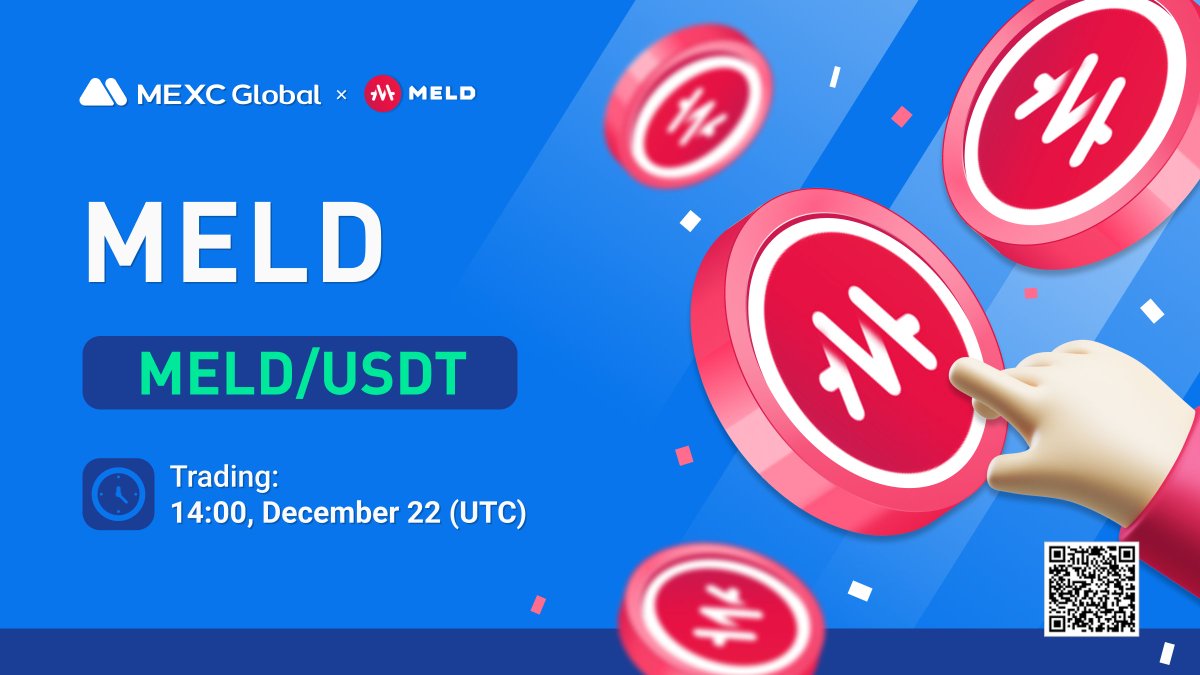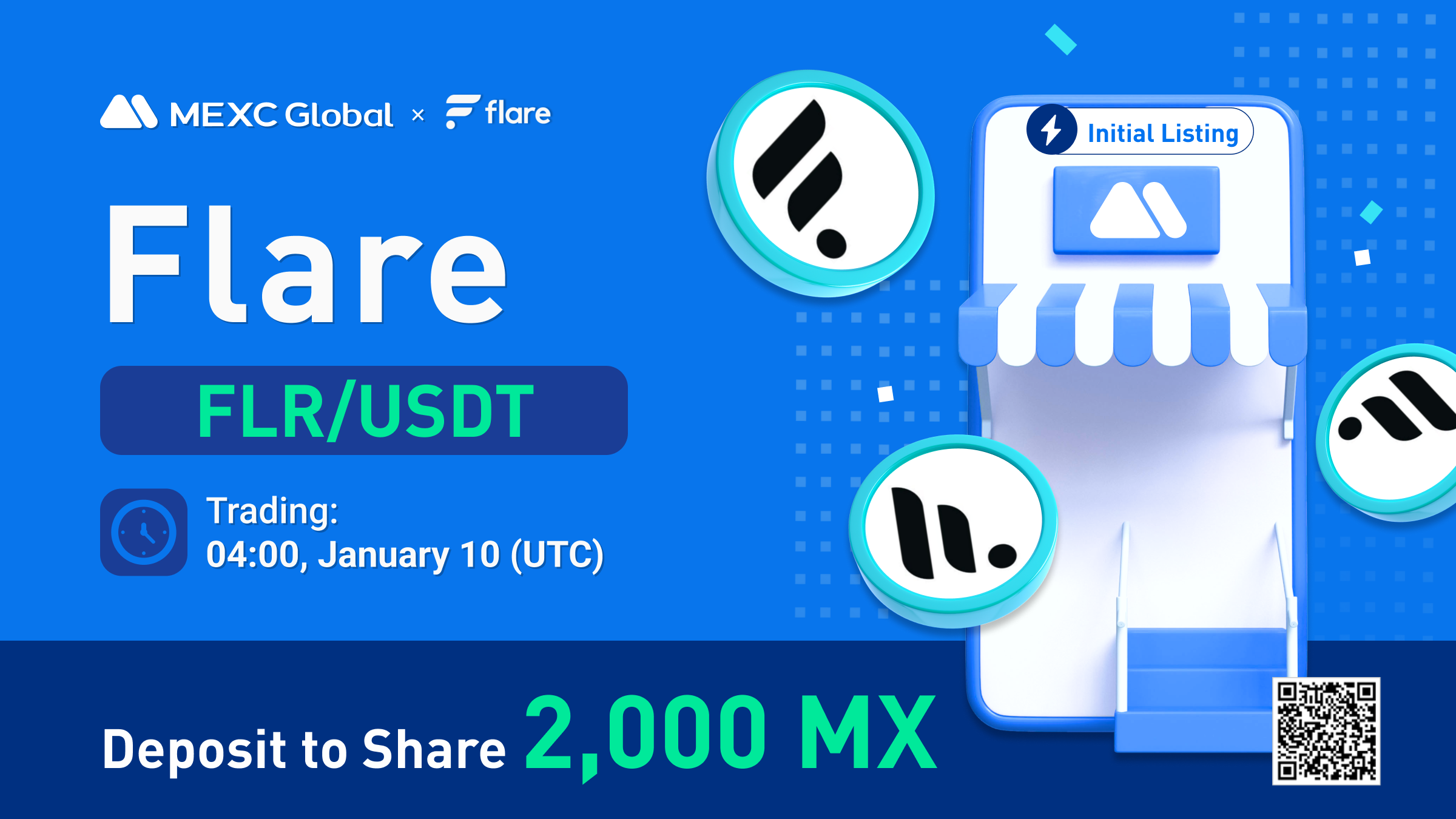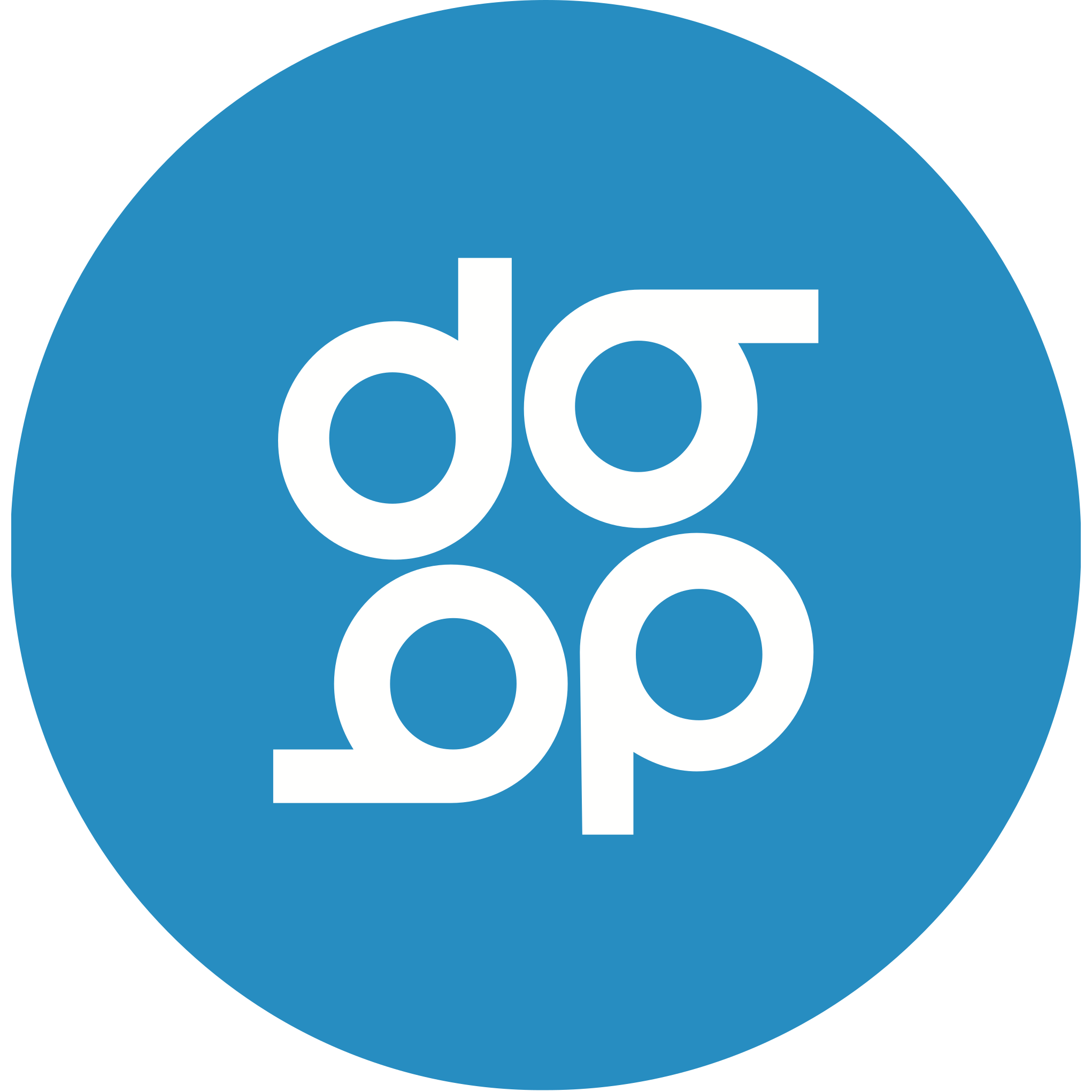Muon operates as a stateless decentralized oracle network (DON) that efficiently fulfills data requests from a variety of sources. It serves as an exceptional inter-blockchain data availability network. Therefore, it facilitates seamless communication and secure data interaction among different blockchains that might not be inherently compatible.

Features of Muon Network
Muon is establishing a decentralized Oracle network that facilitates the secure provision of data feeds. The Muon oracle network presents three key advantages over existing oracles:
- Flexibility: The Muon Oracle network distinguishes itself by its flexibility. It doesn’t limit itself to a single Oracle application. Instead, it allows projects to create and implement Oracle apps within the Muon ecosystem.
- Security: Furthermore, Muon Network places a high priority on security. It ensures the integrity of data by preventing the injection of incorrect information through the compromise of a few third-party authorities responsible for signing data requests. This is accomplished through a robust security framework consisting of three independent components: Threshold Network, Optimistic Network, and Shield Server. This approach removes the necessity for an authorized entity and eliminates central third-party interference.
- Permissionless: Meanwhile, Muon Network is genuinely permissionless. It means that the addition of nodes to the network and the deployment of apps do not rely on any centralized authority. It offers an open and accessible environment for all participants.
Understanding the Muon Ecosystem
The Muon ecosystem is set to consist of three distinct networks:
ALICE Testnet (ALICE)
ALICE serves as Muon’s inaugural public network. It allows developers and users to freely experiment with the project’s latest features and functionalities. Furthermore, it has no risk of involving actual funds. This is why all new features undergo rigorous testing on ALICE first.
Meanwhile, the token of this network, ALICE, holds no actual market value. Instead, it is purely a test token. ALICE was initially launched on January 19, 2023, and an upgrade to ALICE V2 took place on August 21, 2023. Impressively, ALICE V2 has garnered a substantial network of over 2,400 unique nodes, making it one of the largest node networks among testnets.
Pion Network (PION)
Pion operates as Muon’s canary network. It is similar to how Kusama functions with Polkadot or Songbird with Flare Network. Pion represents the initial or early release of the Mainnet, providing a regulated environment for the initial implementation of all features.
Apps can be deployed and executed on this network. Furthermore, nodes can retrieve responses to requests, all while earning rewards. The token used in this network, PION, is tradable on the market. Eventually, all of Muon’s security layers will be fully activated on Pioneer, with a scheduled launch date set for late 2023.
Muon Network (MUON)
The Muon Network is the project’s Mainnet, where all of Muon’s features and capabilities are operational. While Pioneer will still be in existence, Muon will have distinct implementation settings and diverse use cases, often accompanied by more substantial collateral requirements. The tradable token within this network is MUON, serving as the primary token of the Muon ecosystem.
Security in Muon Network
The Muon Network employs a well-thought-out security framework consisting of three distinct modules that complement one another and collectively address potential vulnerabilities or risks:
- Threshold Network:
- Many blockchain projects turn to MultiSig as an alternative to operating their own servers for transmitting off-chain data to their smart contracts. This approach mitigates the risk of a single point of failure.
- However, it’s important to note that MultiSig can increase costs and hinder scalability due to the linear growth in transaction data size and verification requirements with the number of signatures. In simpler terms, as the number of signatures rises, so do the transaction costs for on-chain verification.
- Optimistic (Collateralized) Network:
- Oracles face a range of security risks, including the risk of a single point of failure, potential majority collusion, hacking, and data manipulation.
- Shield Server:
- To effectively tackle the challenges related to cost, scalability, and security risks, Muon Network has devised a modular architecture. It combines two networks and an additional security measure, the Shield Server.
These components, when employed individually, may introduce certain concerns. However, when used in conjunction, they collectively mitigate one another’s potential vulnerabilities or weaknesses, akin to the concept of a Swiss Cheese Model.
Decentralized applications (dApps) should utilize all three modules concurrently. However, Muon Network provides the flexibility for dApp developers to select one or a combination of modules based on their specific requirements, limitations, the types of requests they handle, and the desired security level for their tasks.
Where to buy MUON Token
MUON Tokens are currently not available in MEXC. Stay tuned for any future updates!
What is the Price of MUON Tokens?
The MUON Token is currently trading at a live price of $2,096.13.
Get Free Airdrops with MEXC Launchpad!
Did you know MEXC gives out 20+ free airdrops weekly? Launchpad and Kickstarter events ensure that all our loyal MX token HODLers receive a ton of new tokens! Learn all about it at our MX Zone now!
Meanwhile, check out all of the listings in the Innovation and Assessment zones as well as the major tokens in the Main Zone – we have more amazing projects to come! Visit the Hot Projects section as well to uncover more featured popular tokens. Lastly, feel free to visit MEXC Academy to learn more about cryptocurrency!
Join MEXC and Get up to $10,000 Bonus!
Sign Up


